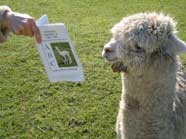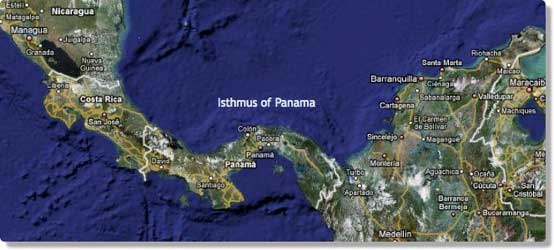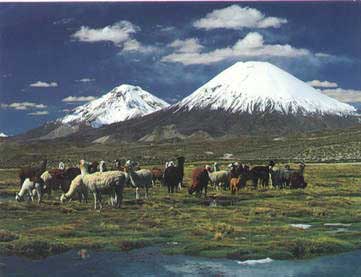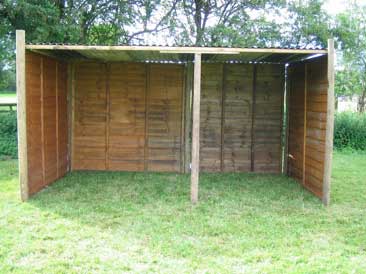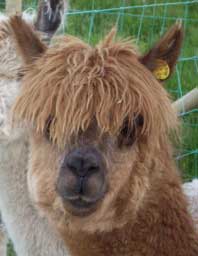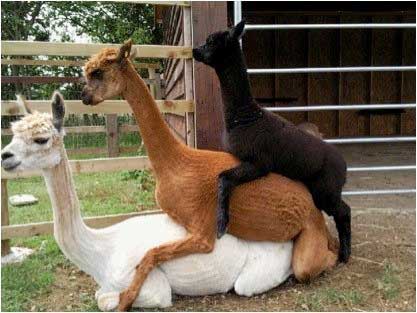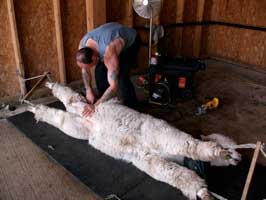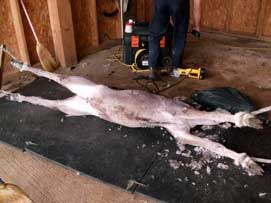There are number of reasons people have alpacas. As pets, as flock guards, as grass cutters, as a hobby that comes with the advantage of an income or as a business that is perhaps more of a lifestyle change than a conventional business. But be aware that if you make alpacas a business, there are still all the usual facets associated with running any business: marketing, sales, finance, SEO, VAT etc.
Alpacas as pets – many people fall in love with alpacas. They have perhaps an acre or two and are fed up with endlessly cutting the grass or even worse having to pay someone to do it. Horses churn up the grass, eat huge amounts and can be expensive to look after. Sheep, goats and cattle all come with massive amounts of red tape courtesy of DEFRA. Alpacas do not poach the ground, they eat grass and hay and will welcome an optional daily supplement of vitamins and minerals.
Alpacas will keep the grass neat and tidy, generally poo in the same area and keep foxes away from chickens – what more can you ask? Most people purchase pet quality males as pets.
In addition to all the great advantages you also get their wonderful fleeces! If you are at all craft minded or perhaps would like to learn a new skill, hand spinning, felting, weaving etc and of course knitting can all follow. We have sold alpacas to a number of lovely people who are not the least craft minded but cannot resist being able to produce something with their boys and girls fleece.
Alpacas as a hobby (with small income and lots of fun) – If as above, you have an acre or two but would like to breed on a small scale, an ideal model is to sell the crias at 6 months when they are weaned and re-mate the girls when they are ready (generally 2-3 weeks after birthing). This is a perfectly sound investment and fantastic hobby. In fact, it is how we started, so be careful – they’re very addictive!
The fleece will also complement your hobby and perhaps lead to new skills, income and friendship.
Alpacas as a business (or a complete life change) – If you have a little more land and have had enough of the “rat race” how about turning this idyllic life-style into a business? You won’t make millions but the quality of your life will be much more relaxed and you will be the master of your own destiny.


